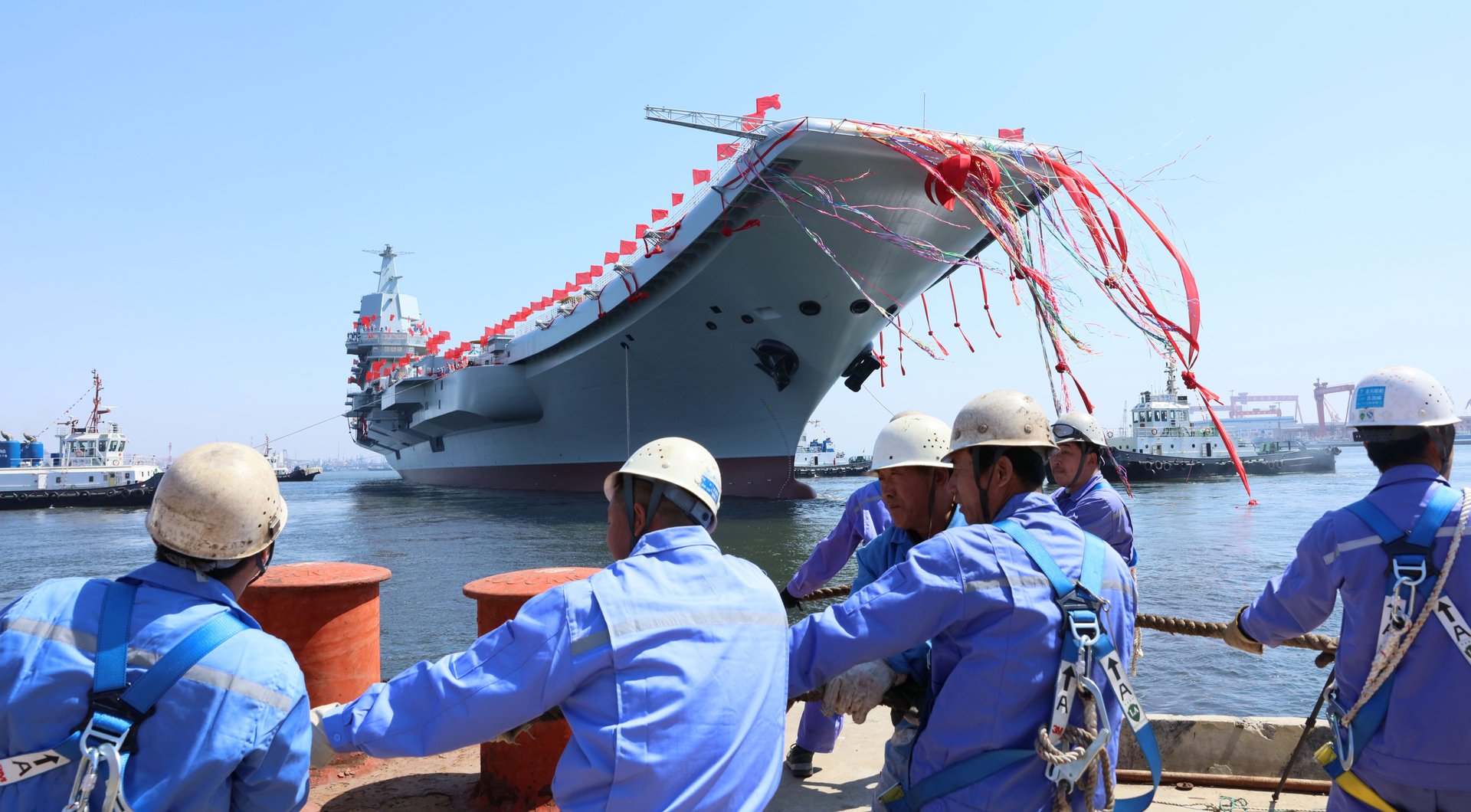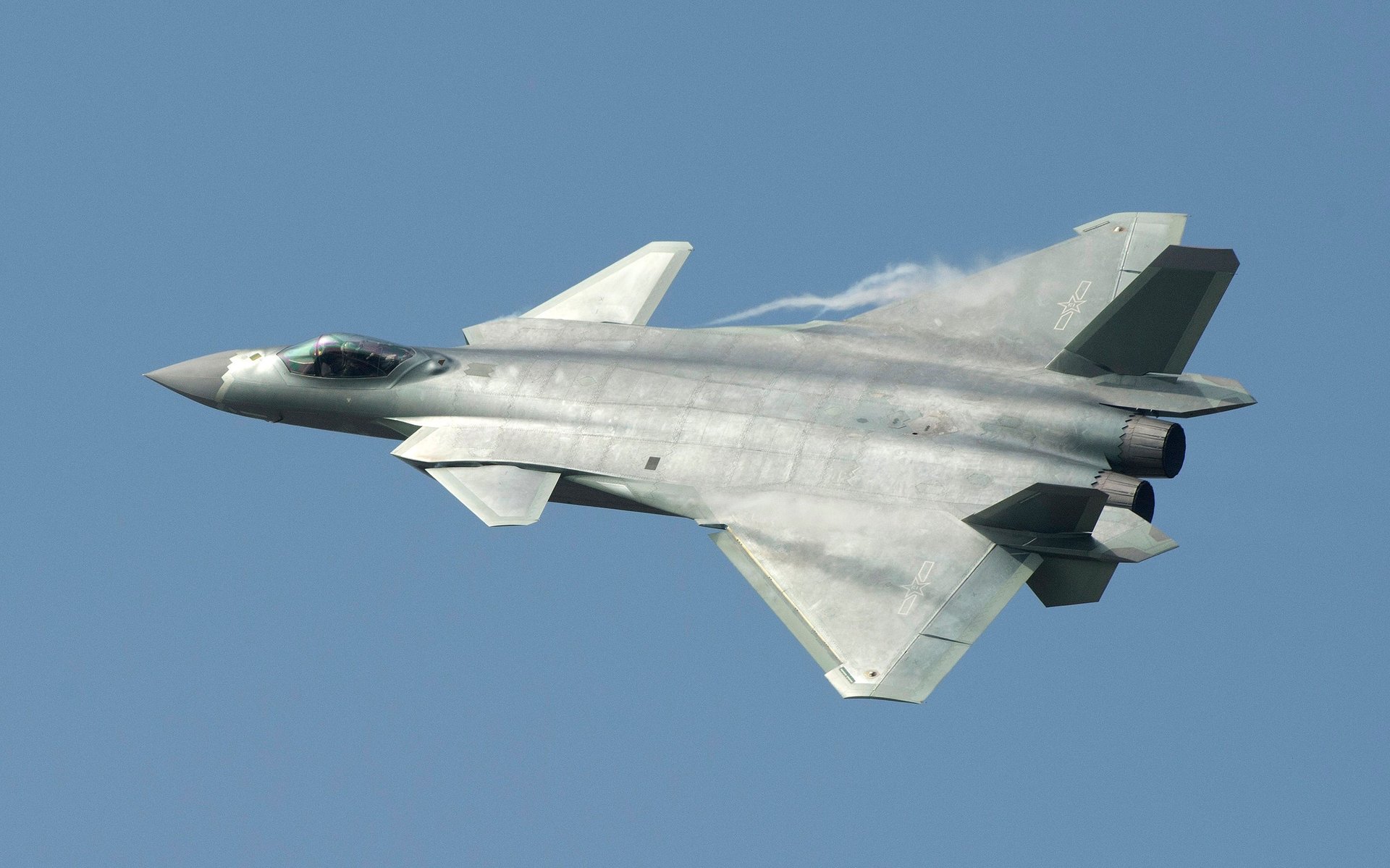China’s military tech is becoming less of a joke and more of a threat
China’s first nuclear submarine was a joke. Launched in the 1970s and now an exhibit in a museum, it was loud, couldn’t fire missiles while submerged, and exposed its crew to high levels of radiation.


China’s first nuclear submarine was a joke. Launched in the 1970s and now an exhibit in a museum, it was loud, couldn’t fire missiles while submerged, and exposed its crew to high levels of radiation.
But it got the ball rolling. The nation’s modern subs make the US nervous with their technical advances, and China is now constructing the world’s largest submarine factory.
It isn’t just the subs. While China still lags the US badly in some areas, and its exported weapons have had reliability issues, signs abound that its military hardware is either catching up or becoming good enough to pose a real challenge in a potential conflict. A military modernization program pushed by Chinese president Xi Jinping is spurring things along.
“A ship that can fly”
In late April the world’s largest amphibious aircraft made its first taxiing test. The AG600, produced by the state-owned Aviation Industry Corporation of China, is about the size of the Boeing 737 and is designed for marine takeoff and landing (or it can use conventional airstrips). One of its designers describes it as a “ship that can fly.”
The company says the plane will be used for marine rescue missions and fighting forest fires—it can scoop up 12 metric tons (13.2 tons) of water in 20 minutes. But given Beijing’s maritime ambitions in the South China Sea and elsewhere, the plane, with room for 50 passengers and a range of 4,500 km (2,800 miles), can also serve the People’s Liberation Army nicely, including via maritime patrols and troop and supplies transport—in other words, power projection. The hefty plane’s first flight over water is scheduled for later this year.
A made-in-China aircraft carrier
For years China has had just one operational aircraft carrier—hardly befitting an emerging maritime power. To make matters worse the Liaoning CV-16 was refitted from a laughably outdated Soviet-era Ukrainian ship. In late April China unveiled its first domestically built carrier at the northeast port of Dalian (see top image). The as-yet-unnamed vessel, to be fully operational in a few years, is technologically well behind its US counterparts. For instance it lacks a catapult to boost planes off the runway (making for inefficient operations) and uses conventional rather than nuclear power. But like China’s early subs, it’s a stepping stone to greater things. A third carrier is already under construction—one that more closely resembles a US carrier.
Stealthy fighter jets
China is making real progress in fighter jets, as evidenced by the J-20 that went into service in March. The supersonic aircraft packs stealth technology, advanced radar and sensor capabilities, and a nifty 360-degree helmet display that lets the pilot see “through” the aircraft itself. It’s also bigger than the US’s F-22 Raptor—to which it’s often compared—allowing it to hold more fuel and travel farther. While it might be stealthy from the front, however, it probably isn’t from the side. But China is testing another advanced fighter jet (the J-31) that does better in the stealth department and will possibly operate from aircraft carriers.

A new spy ship
China launched in January a new electronic spy ship. The CNS Kaiyangxing, or Mizar, is capable of conducting all-weather, round-the-clock reconnaissance on multiple targets. During its unveiling, China shared an unusual amount of detail about the ship and the rest of its small intelligence fleet, now at about a half dozen vessels (the US has at least 15). That openness was probably for the deterrence factor: Beijing wants other navies know to that, should they operate in disputed waters, its forces will be able to detect them. Vessels like this one lack firepower but can be more dangerous than warships.
A (really) long-range air-to-air missile
Being able to hit enemy aircraft in a combat zone is expected. From well outside that zone? That’s a useful bonus. In January the state-run China Daily reported on a new, long-range air-to-air missile that could, a Chinese military researcher speculated, hit high-value targets like early-warning aircraft from up to 400 km (249 miles) away. That would be far better than China’s current range of less than 100 km for such missiles. It would also outdo US capabilities in that department—one where China might actually be in the lead.